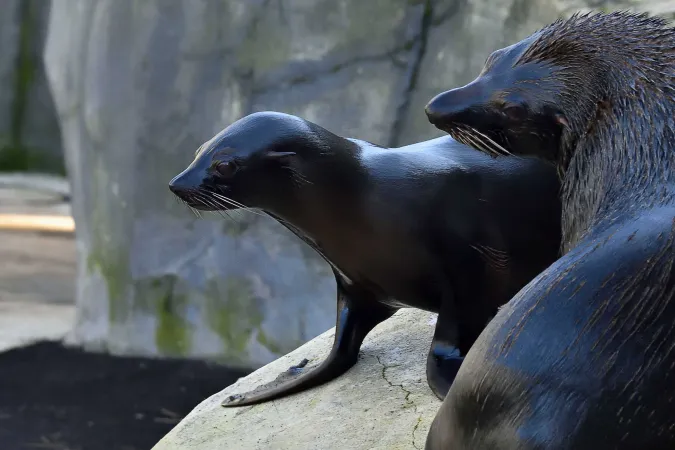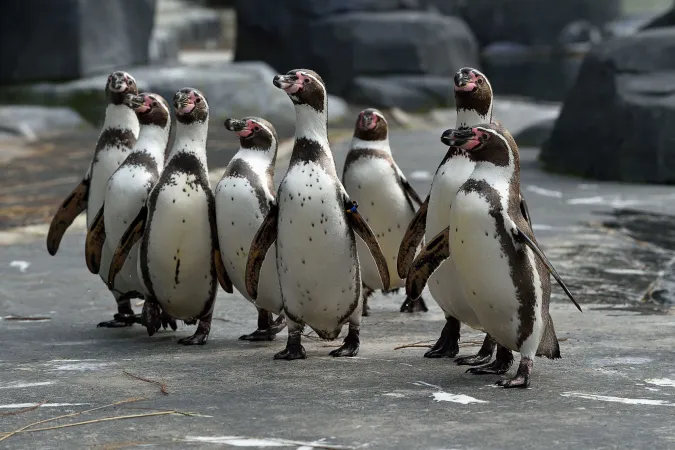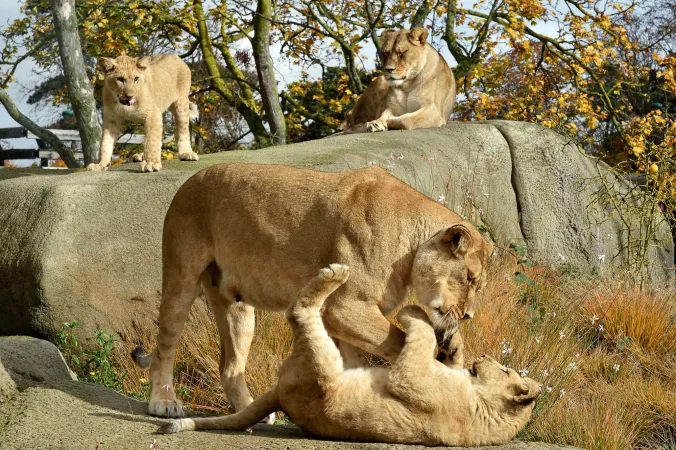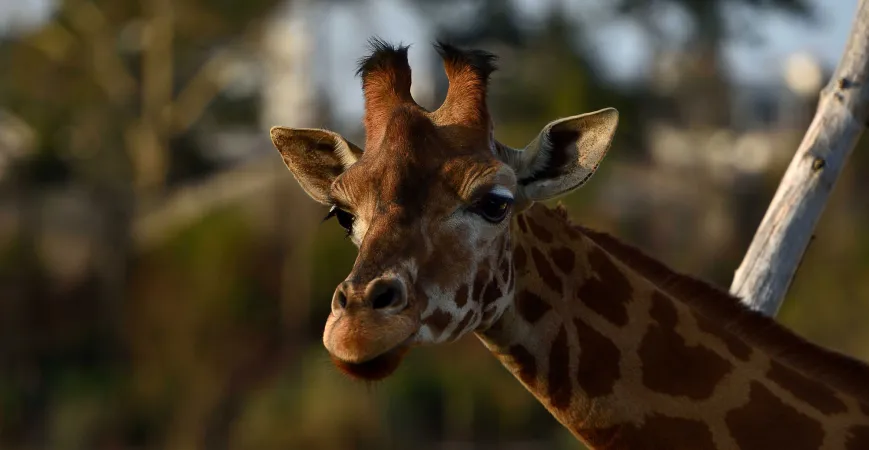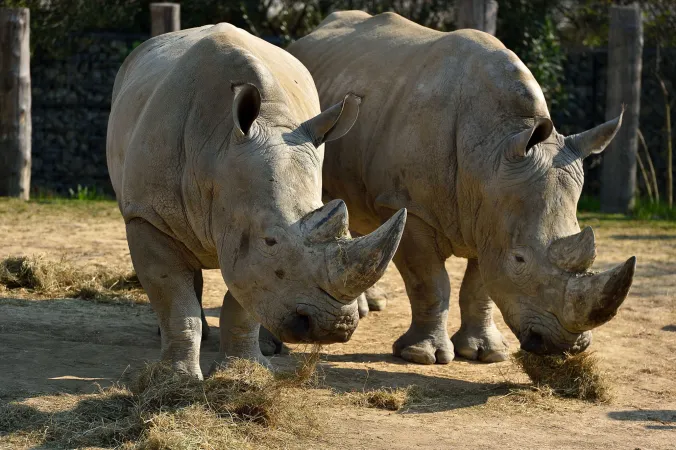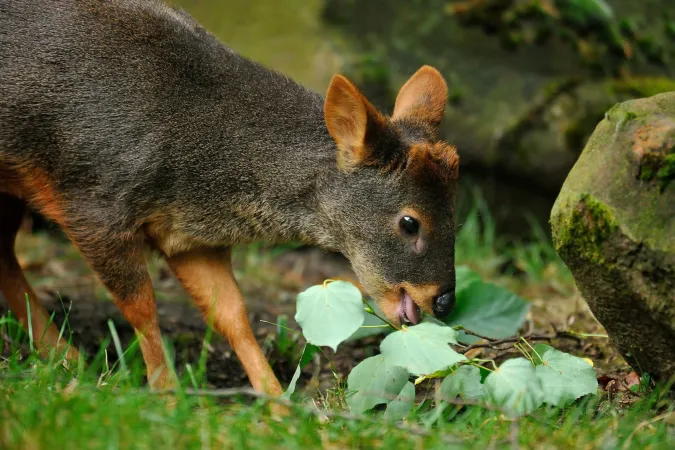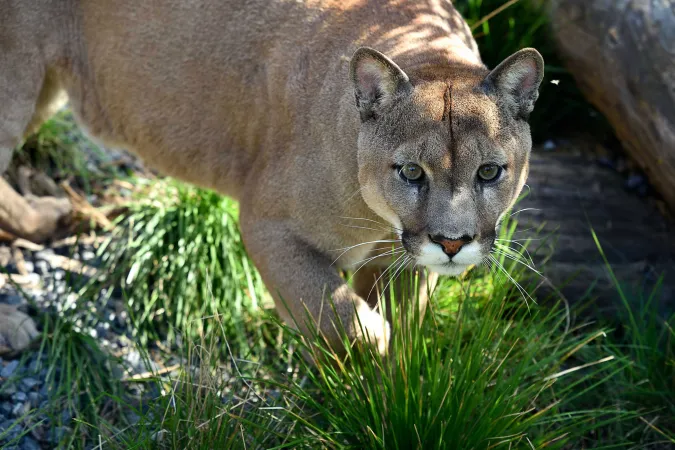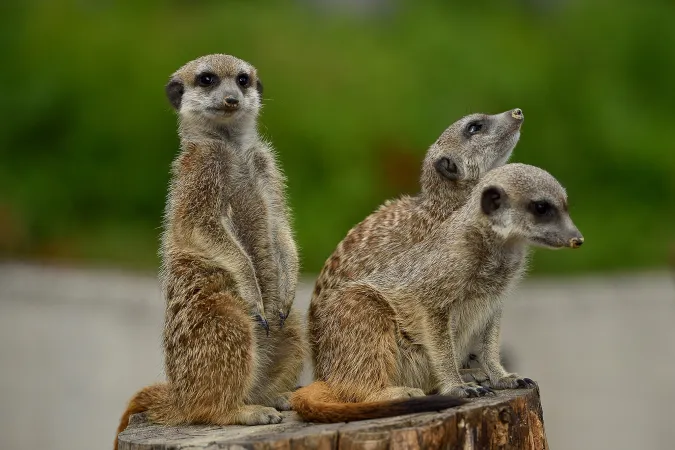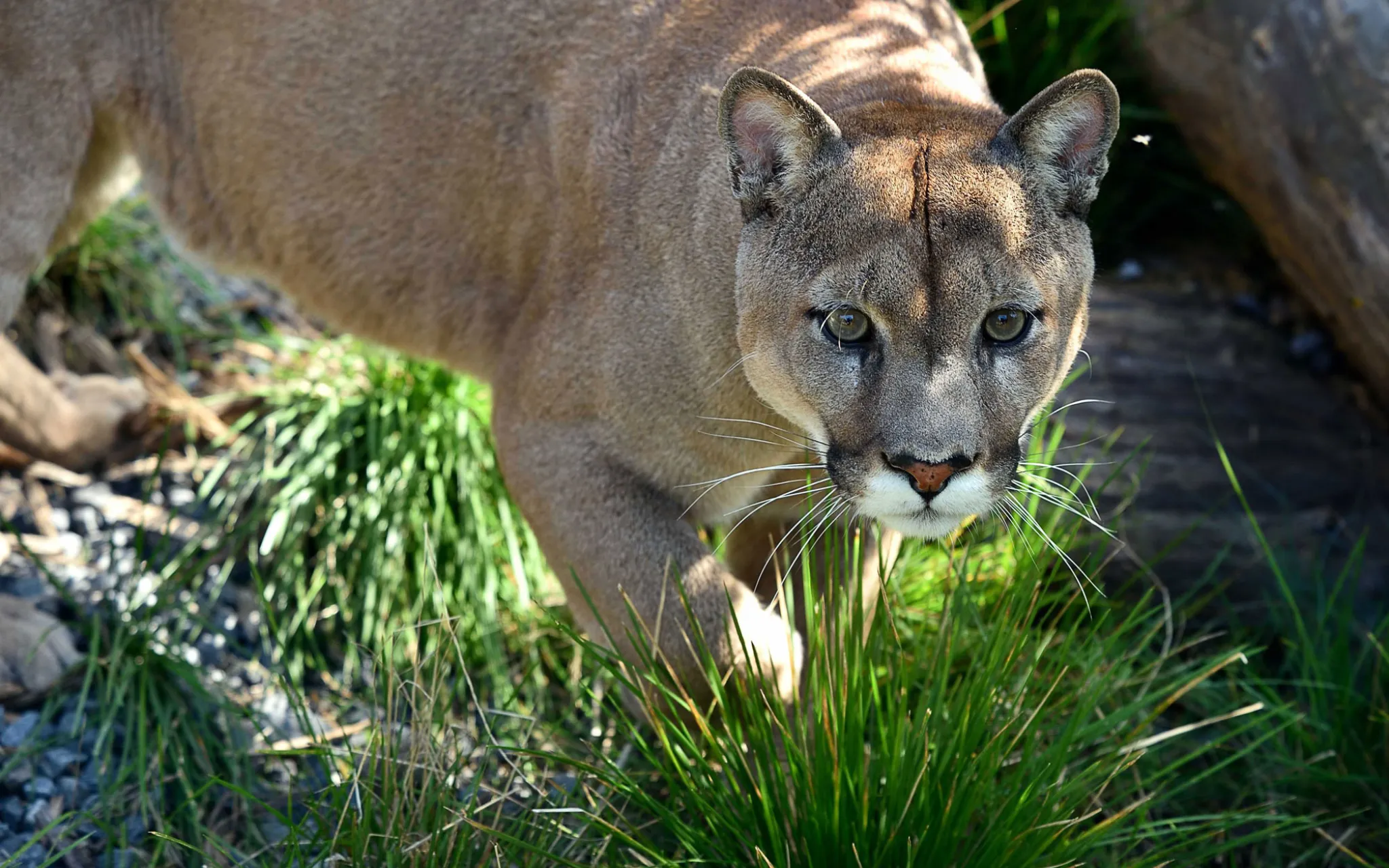
Parc zoologique de Paris
Open every day
From the Patagonian pampas to the dry forest of Madagascar, be transformed by the zoo and immerse yourself in the natural environment of the animals.
Total immersion
When you enter the Park, you are totally immersed. You enter a space inhabited by a network of climbing plants. This serves as a sort of reminder: Man shares the same planet as animals and plants! After this prelude, follow Ariadne's thread. In addition to the main circuit, which explores the Park's five biozones, there are secondary circuits revealing the "backstage" areas, such as the veterinary clinic and the kitchen. So, are you ready to go on an adventure?
From the far south to the tropics
Let's start with Patagonia, with its pampas, rocky coasts and Andean forest. Don't miss the maned sea lions basking on the rocks next to the Humboldt penguins. But you are already entering the Sahel-Sudan region, with its savannahs and delta. Here, lions lounge on hot rocks while giraffes drink in the company of Greater Kudu and ostriches.
Europe, Guyana and Madagascar
You can see Europe with its coniferous forest, scrubland, marshes and cold mountains. An obligatory stop at the vivarium, a new facility located under the Grand Rocher: here you will discover the reptiles, amphibians and invertebrates that make up the rich European fauna! A few more steps and the Guyana-Amazonia biozone appears with its equatorial vegetation, creeks and rivers. Tapirs, jaguars and bush dogs like to roam around. The last stop is Madagascar. Here, the tropical rainforest is populated by lemurs and colourful birds such as the crested ibis; while the tropical dry forest is home to the fossa, the largest carnivore on the island.
Animal welfare
Mammals, birds, reptiles, amphibians, fish and invertebrates. No less than 234 species and more than 3,000 animals await you for a world tour of biodiversity. They have passed a strict selection process, based on conservation criteria as well as attractive, educational and scientific potential. You will find iconic animals such as giraffes and wolves, as well as lesser-known ones such as wolverines and manatees. Nearly 50 species presented, such as the European otter, the griffon vulture, the manatee, the titi, the fossa, the crowned sifaka, the giraffe and the oryx are the subject of national action plans, European breeding programmes or international conservation programmes.
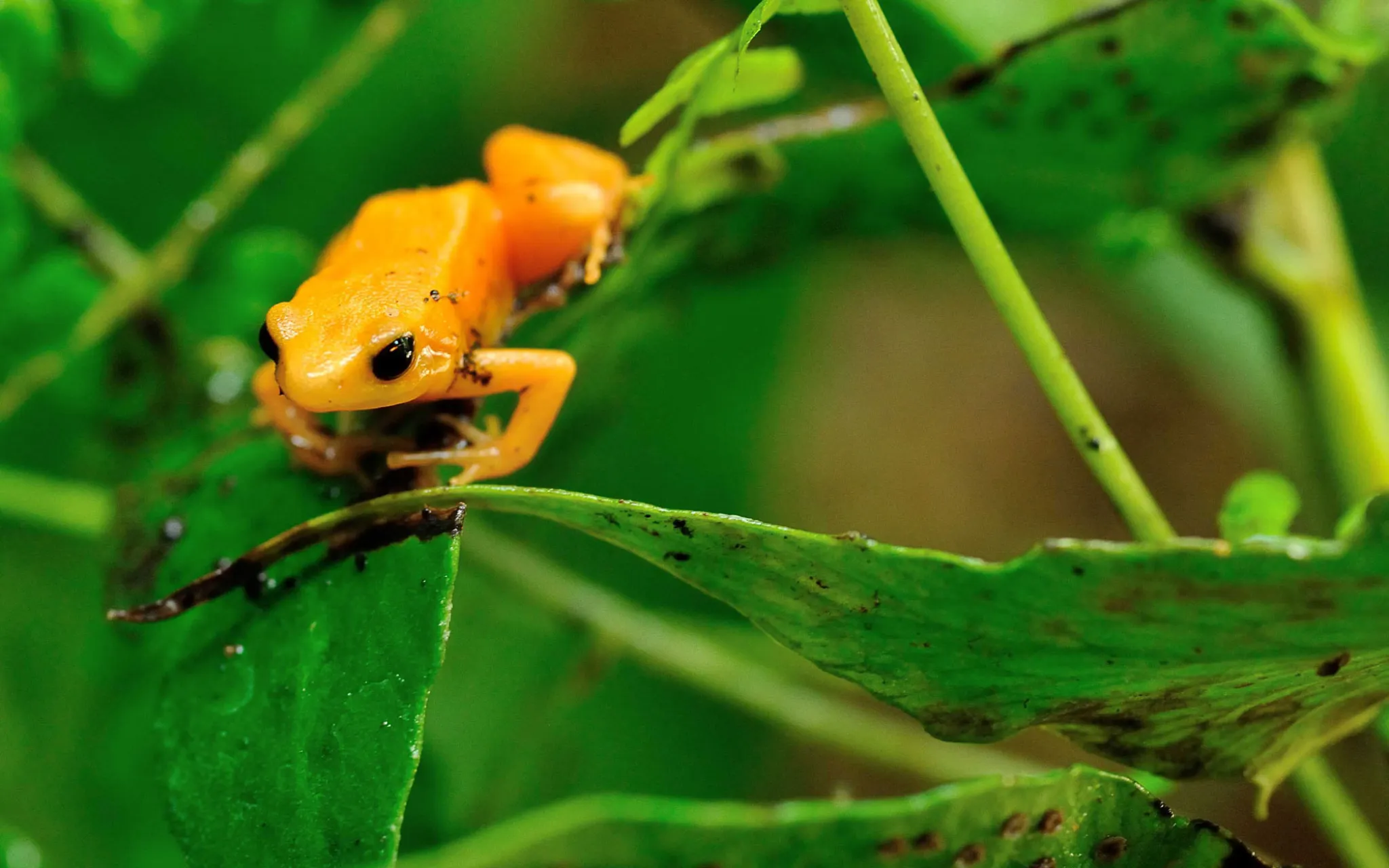
Mantelle dorée - Parc zoologique de Paris
© MNHN - F.-G. Grandin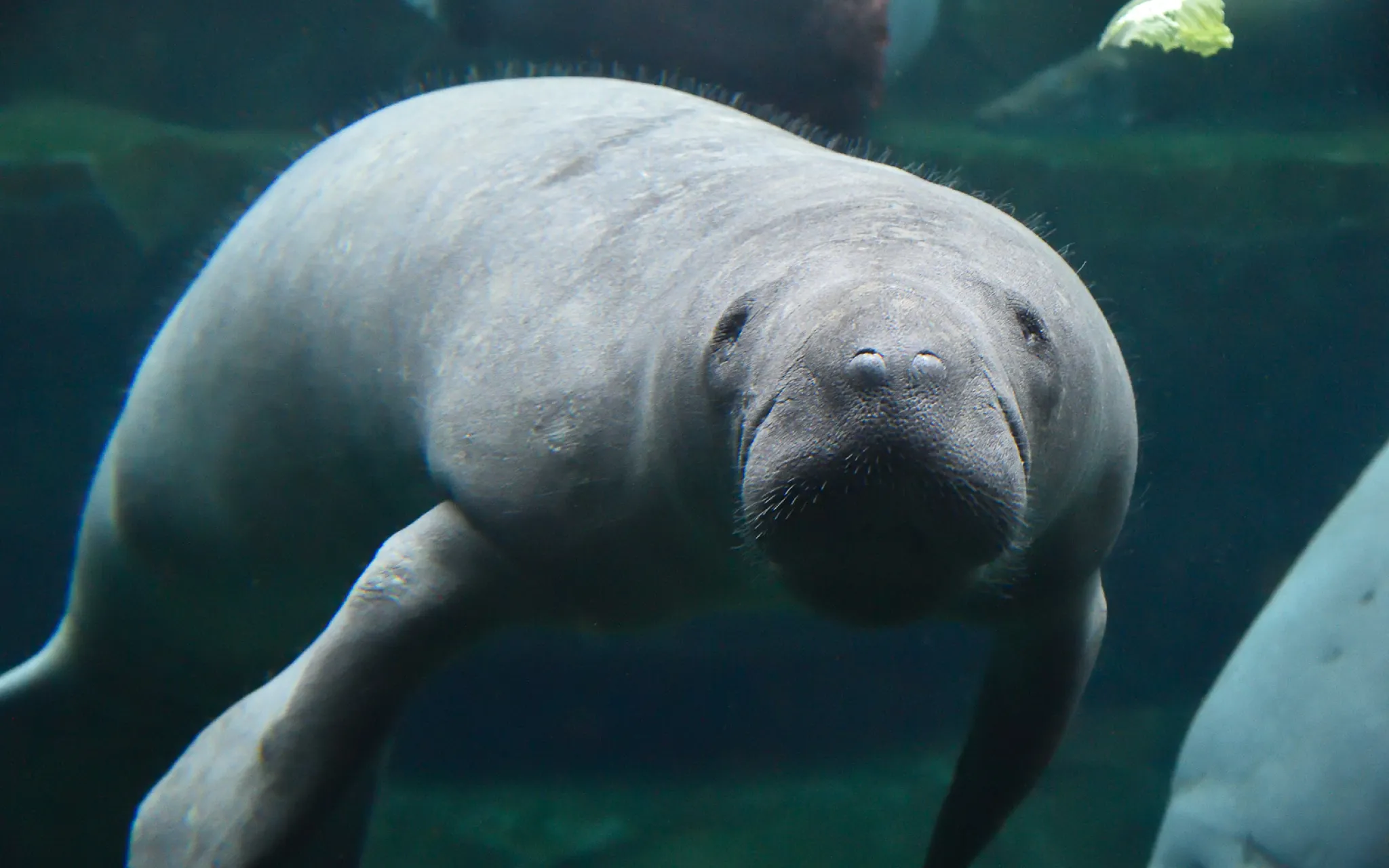
Lamantin
© MNHN - F.-G. Grandin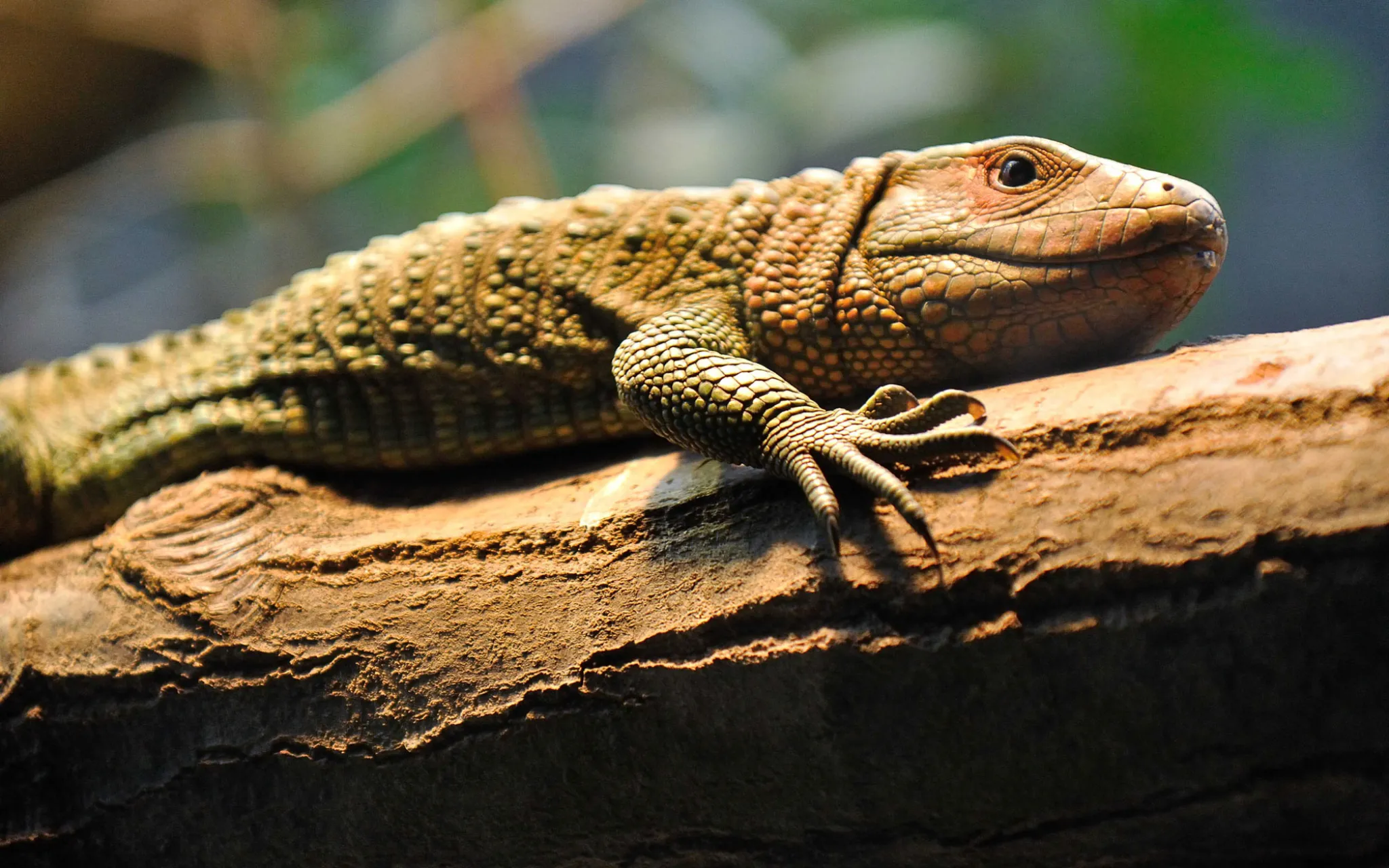
Lézard-caïman - Parc zoologique de Paris
© MNHN - F.-G. Grandin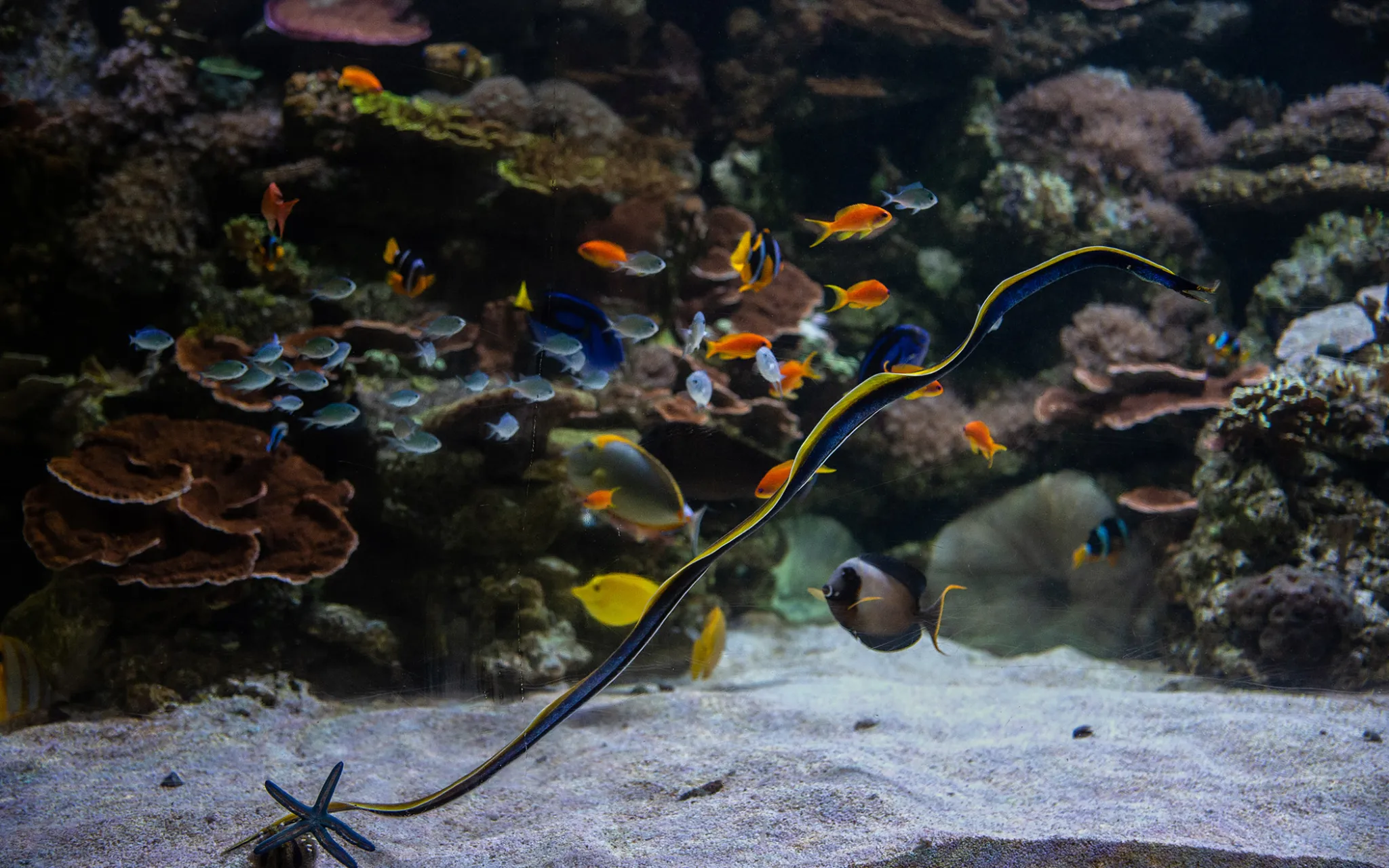
Murène ruban et étoiles de mer bleues dans l'aquarium récifal du Parc zoologique de Paris
© MNHN - F.-G. GrandinFun and educational
To get the most out of your visit, throw yourself with abandon into everything the Park has to offer you. An exploration station awaits you at the exit of each biozone. You can also stop off at the meeting points with the teams, during feeding or medical training, for example. Watch the teams in action through glass walls and discover jobs such as animal caretaker, veterinarian or ethologist... Take part in a themed guided tour or a family discovery workshop...
Endless history
Built for the Colonial Exhibition of 1931, the Park allowed the public to discover exotic animals in a "natural" setting. It was a huge success, but as time went by, the structures fell into disrepair. In the 2000s, the 900 or so residents left for other European parks. Except for some lemurs and the 16 giraffes. After more than 5 years of closure and 27 months of construction, a 3rd millennium zoo reopened its doors in 2014. Get involved like him in the defence of biodiversity!
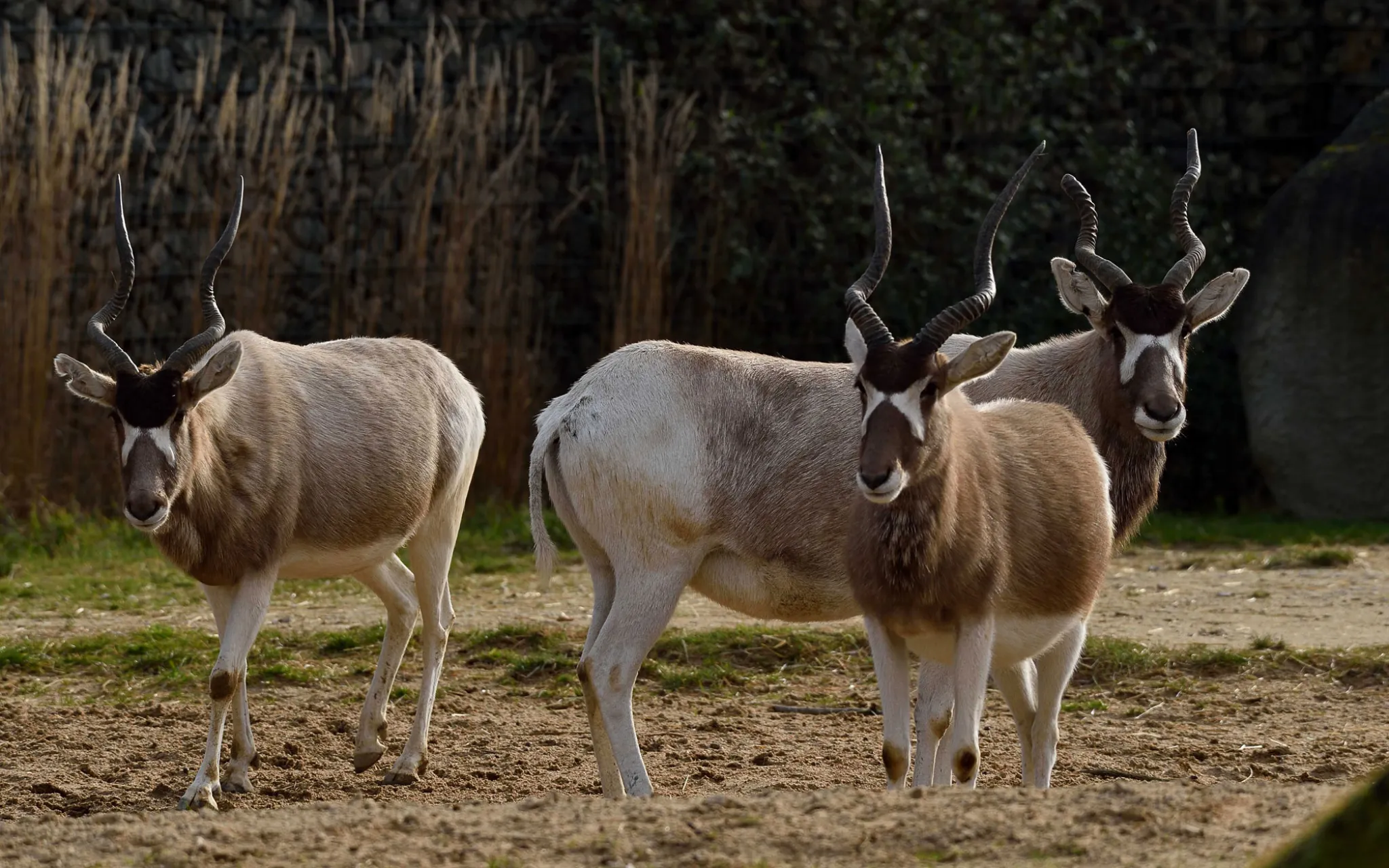
Addax - Parc zoologique de Paris
© MNHN - F.-G. Grandin
Blob - Parc zoologique de Paris
© MNHN - F.-G. Grandin Address & contact
Avenue Daumesnil
75012 Paris
pzp@mnhn.fr
